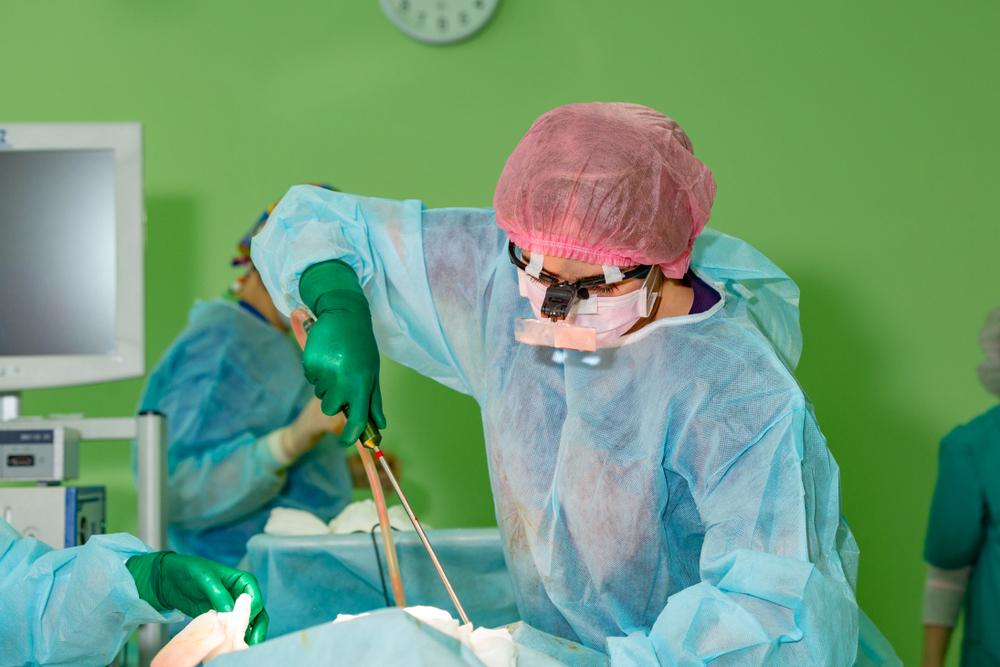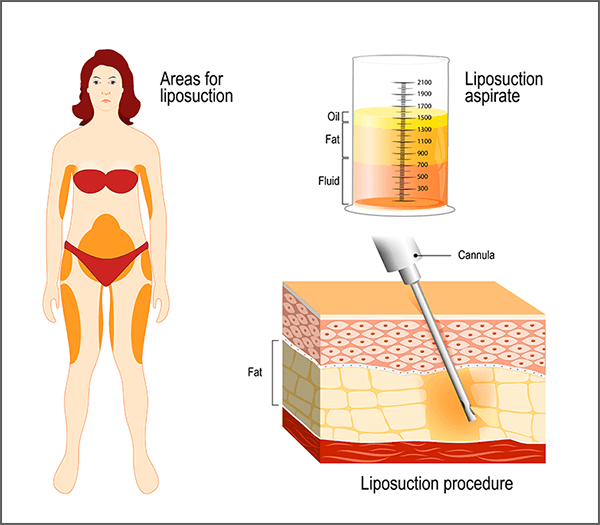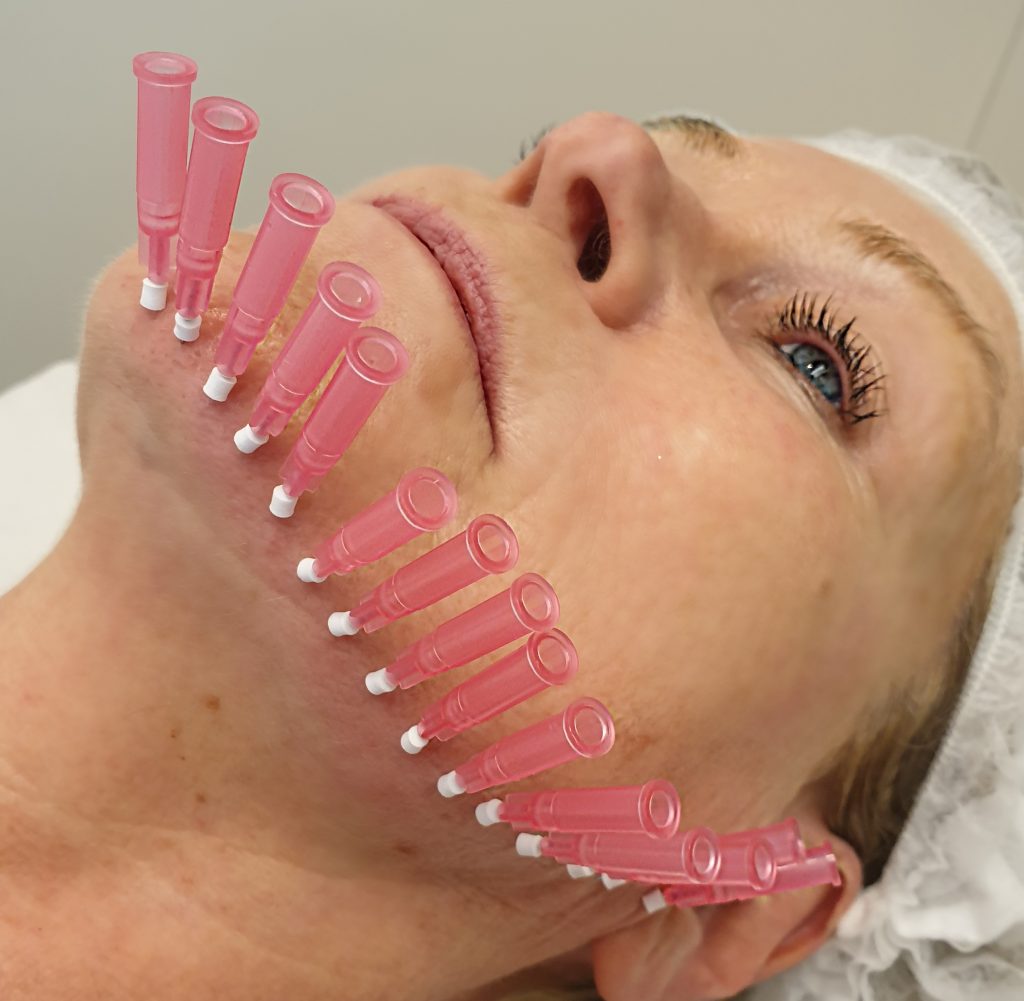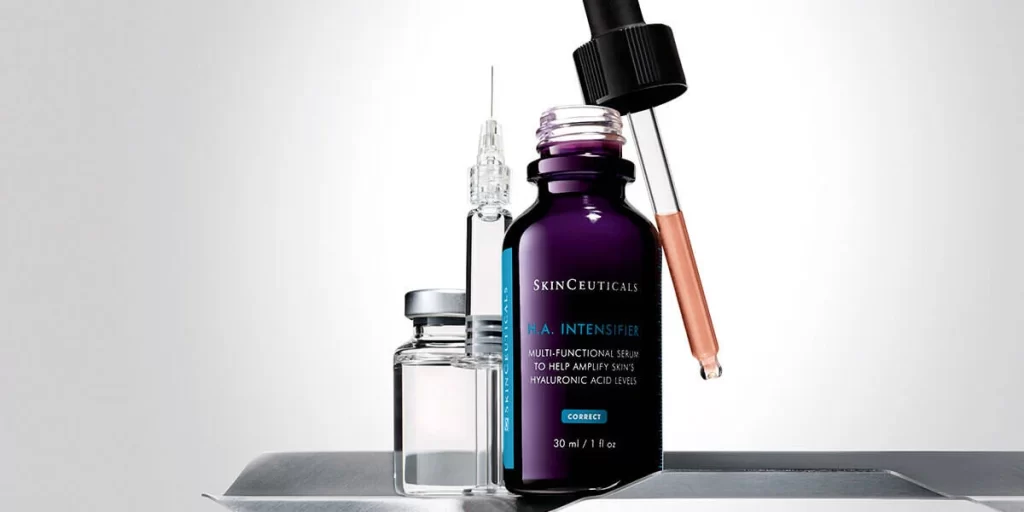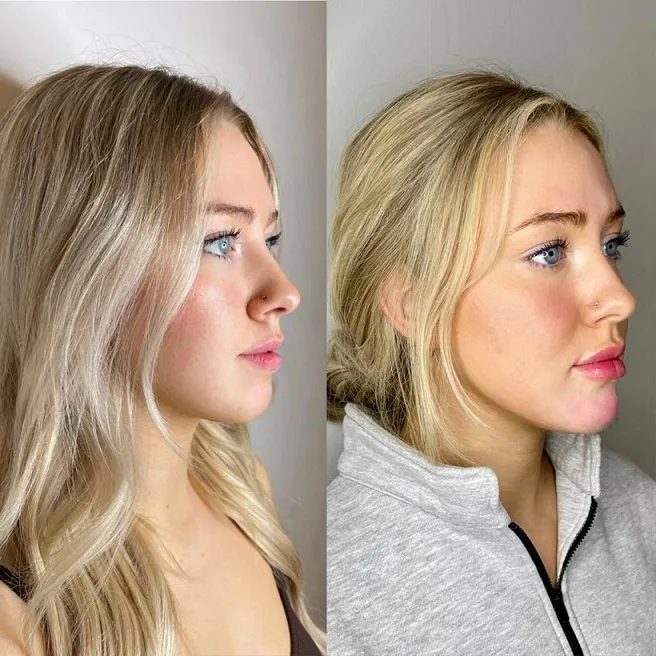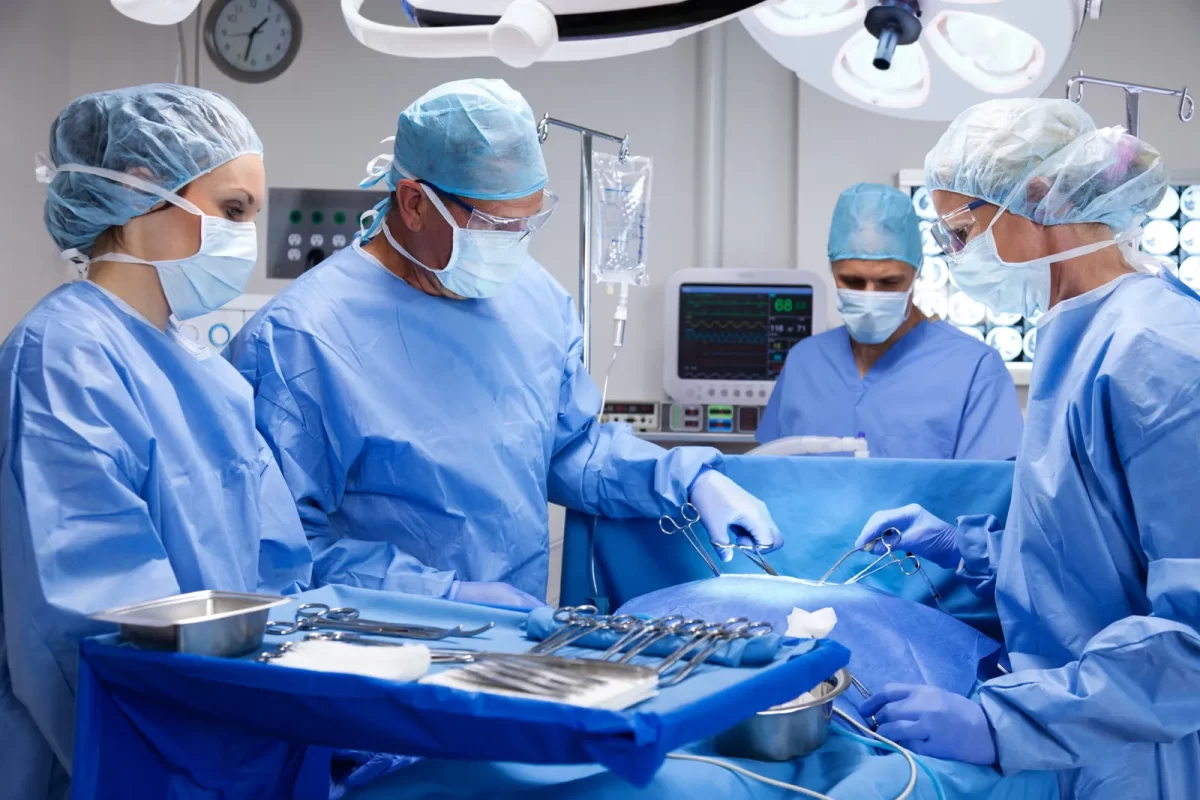Key Takeaways
-
Today, liposuction is an incredibly popular cosmetic surgery, helping people remove fat and contour their bodies, leading to improved physical appearance and increased self-esteem. Most importantly, remember that it’s not for weight loss—it’s about shaping!
-
The procedure can target various areas, most commonly the abdomen, thighs, and arms, but can address less common regions like the neck and back. Personalized plans are how we help you achieve beautifully balanced body proportions.
-
Liposuction is a procedure that has greatly evolved over the decades. With modern innovations like the tumescent technique and other technology, liposuction has become a much safer, less traumatic procedure.
-
Today, advanced liposuction is made safer than ever by rigorous safety protocols. It employs local anesthesia to maximize patient comfort and minimize recovery times, allowing for quicker returns to daily routines.
-
Individualized treatment plans and a focus on innovation continues to improve patient outcomes in leaps and bounds. The result is greater patient satisfaction and safer procedures than ever before.
-
The future of liposuction looks promising with emerging technologies, personalized approaches, and continuous research driving advancements that prioritize patient safety and satisfaction.
Liposuction has truly come a long way from its initial days, transforming into a safe and gentle sculpting technique. Once considered a brutal procedure, today’s experience can be more like a gentle sculpting with little to no pain. This advancement is a testament to the progress of medical technology, as well as the increasing understanding of human anatomy.
With a greater emphasis on achieving natural-looking results, it quickly became one of the most popular, minimally invasive procedures for body contouring. Today’s techniques focus on patient comfort and faster healing, creating better satisfaction from start to finish.
As an artist who loves the science behind this magic, I enjoy every step of this journey. It is more than simply suctioning out unwanted fat. It’s about creating beautiful new shapes with superhuman care and precision to enable people to feel their very best in their own skin.
What Is Liposuction
Definition and Purpose
Liposuction is a cosmetic surgical technique intended to remove fat and improve the contours of the body. Over the past four decades, it has progressed from mechanical debulking to an artful procedure of high-definition body contouring. While other weight loss methods concentrate on losing weight in general, liposuction works on targeted areas to remove stubborn pockets of fat.
This procedure requires the use of blunt, multi-hole cannulas to remove fat, while providing extreme precision in shaping the body. This fat is sometimes cleaned and injected into other areas to improve overall body proportions. Liposuction, which can be performed under local anesthesia with sedation, has developed enormously with innovations in anesthesia techniques and fluid mixture.
Many find that achieving desired body shapes boosts self-esteem and improves body image, offering psychological benefits beyond the physical transformation.
Common Areas Treated
The areas of the body most often treated with liposuction procedures include the abdomen, hips, thighs, and arms. Each of these regions is crucial for achieving harmonious body proportions. The liposuction treatment can also shape more unusual areas such as the neck and back, allowing for even greater customization of treatment plans.
Newer techniques like laser and power-assisted liposuction enhance these results, tailoring your aesthetic goals to your needs. Liposuction remains one of the most sought-after cosmetic procedures among men and women looking to improve their aesthetics.
In the last five years, more than 3,000 cases have been documented. Although overall very safe, awareness of risks, including complications like abdominal perforations, is necessary. These potential risks highlight the need for high-quality and well-trained practice.
Customized treatment plans make sure that everyone’s unique body goals are achieved quickly and efficiently.
Historical Development of Liposuction
The history of liposuction is a fascinating one, starting with the first unsuccessful fat sculpting efforts in the early 1900s. Fast forward to 1921, when Dr. Charles Dujarrier took some of the first surgical steps to body sculpting by removing fat. In spite of his innovative work, early techniques were fraught with difficulty.
Safety was the utmost concern, as these procedures were very invasive and still led to the most severe complications such as extreme blood loss. Dr. Schrudde employed uterine curettes to scoop out fat but this method had many hurdles. These challenges highlight the critical need for new, creative ideas to increase the safety and efficacy of care.
Early Techniques and Challenges
The original techniques used were all very barbaric, with major safety obstacles that had to be overcome. Though Dr. Schrudde’s approach with uterine curettes was one of the earliest, it was limited. Complications like too much bleeding highlighted the need for safer techniques.
This catalyzed the need for creativity and innovation, with the goal of improving patient safety and surgical outcomes.
Key Milestones in Evolution
The history of liposuction has been punctuated by landmark events. In 1975, a father and son team introduced a cannula attached to a suction machine, laying the groundwork for modern practices. The late 1970s saw Dr. Yves-Gerard Illouz and Dr. Pierre Fournier use a blunt-tipped cannula, reducing blood loss and nerve damage.
By 1983, Fournier’s dry technique was described, but it was soon abandoned for excessive blood loss. Klein’s tumescent technique and Matarasso’s superwet anesthesia were game-changers for large-volume liposuction, bringing morbidity to a near-zero level.
Technological innovations such as tumescent anesthesia, smart lipo and power assist liposuction have continued to refine these practices, making liposuction a far safer and more beneficial procedure.
Transition to Modern Techniques
The shift from traditional liposuction procedures to modern techniques has revolutionized the field of aesthetic surgery. Today, we utilize minimally invasive techniques that enhance patient safety and comfort. Early liposuction surgery could be harsh, but advancements in the lipo method ensure a gentler approach, reflecting a growing demand for options that minimize surgical trauma and recovery time.
Patients today are back on their feet and resuming normal activities within days, indicative of the safety advances made over the past few decades. New techniques allow many to even go home the same day, experiencing a faster recovery and fewer adverse effects, thanks to innovations in liposuction treatment.
The tumescent technique revolutionized liposuction. Cloyes’ work used a novel pre-operative method of injecting a tumescent fluid, allowing for easier fat removal with less bleeding. This technique employs tumescent local anesthesia, greatly improving patient comfort and safety during the procedure.
Its widespread adoption among surgeons today speaks to its effectiveness. Studies demonstrate a substantial reduction of fat with very few side effects, making it the preferred technique for body contouring and fat extraction.

Advancements in Equipment and Technology
Newer liposuction procedures, including automatic pumps and specialized zirconium cannulas, have made the liposuction procedure much more precise. These advancements enable a more even fat extraction, resulting in better cosmetic outcomes with less trauma. Continuous innovations are key to maximizing body contour results and fulfilling patient needs and wants.
Role of Laser-Assisted Liposuction
With laser-assisted liposuction, a modern technique that focuses lasers on fat tissue, microtunnels are produced, aiding the overall fat reduction process and leaving the skin more toned. This liposuction procedure has expanded treatment options, offering immediate results that improve over months as collagen builds, showcasing the technology’s versatility.
Ultrasound-Assisted Liposuction
Ultrasound-assisted liposuction (UAL) employs high-energy sound waves to help liquefy fat cells, making them easier to remove and minimizing damage to surrounding tissues. UAL’s targeted, trauma-free approach is proving to be more effective and more popular for targeted cases.
In turn, patients can expect an average fat thickness reduction of 20% to 25% after the procedure.
Power-Assisted Liposuction
Power-assisted liposuction uses electric and pneumatic instruments, increasing speed and decreasing surgeon exhaustion. Compared to standard approaches, this technique produces less shaky results.
Its growing popularity is a reflection of a transition to modern techniques that are more effective and less strenuous.
Benefits of Modern Liposuction
The advantages of modern liposuction techniques are incredible when compared to traditional approaches. These advancements in this field have turned what was once a debilitating and miserable procedure into a delicate and artistic sculpting process. Patients today are able to safely and effectively treat their bodies with modern liposuction.
Techniques such as Power-Assisted Liposuction (PAL) and Ultrasound-Assisted Liposuction (UAL) provide their patients with amazing new options. With these techniques, surgeons can more effectively contour their patients’ bodies while keeping safety and satisfaction at the forefront.
Enhanced Safety Measures
By ensuring the highest standards of care and stringent safety practices, the risks and complications associated with modern liposuction are minimal. Board-certified plastic surgeons are key to delivering these high standards.
Perhaps the most obvious example lies in technological advancements, which create safer surgical environments and allow for highly precise, controlled procedures. Thorough preoperative evaluations help identify potential risks, ensuring safety throughout the process.
This safety-first approach fosters trust and confidence, making liposuction a more attractive option.
Improved Patient Comfort
Improvements in anesthesia as well—for example, tumescent anesthesia—have dramatically improved the comfort of the patient. This technique, which is now standard practice in modern liposuction, makes for a much more comfortable and pleasant experience during the procedure.
All of these less invasive techniques help to reduce postoperative discomfort, creating a more seamless recovery process. Add in the commitment to patient-centered care, and the experience is truly one-of-a-kind, leaving patients even more satisfied.
Faster Recovery Times
No matter the size of the procedure, patients are still benefiting from quicker recovery times, thanks to advanced techniques. Modern techniques are minimally invasive and therefore recovery times are drastically shortened, allowing the majority of patients getting back to their usual routine within days to weeks.
While advances in technology have made for faster healing, effective postoperative treatment will lead to the best recovery. This much more efficient process is what makes modern liposuction a great option for people who want results fast.
Implications on Patient Outcomes
These advances in modern liposuction techniques have a profound effect on patient outcomes, primarily by allowing for safer, more effective procedures. These developments ensure less painful recoveries and greater levels of patient satisfaction.
What is thrilling is to see how personalized treatment plans are becoming fundamental to this transformation. By tailoring procedures to each patient’s specific needs and goals, patients are more likely to walk away with the body contour they want, resulting in happier patients.
Safety and Effectiveness
Finding the proper balance between concerns for safety and the pursuit of effectiveness is essential in today’s liposuction procedures. Evidence-based techniques, such as tumescent liposuction, are key to achieving successful outcomes while minimizing complications like bruising and blood loss. In our practice, we have successfully reduced blood loss to only 8-10% of the lipoaspirate, showcasing our commitment to patient safety.
Comprehensive preoperative evaluations and patient screening are critical in maintaining safety standards during liposuction treatment. Close supervision in the operating room and throughout the postoperative period is necessary to ensure the best outcomes for our liposuction patients. While contour irregularities can occur in about 1% of cases, they are generally easy to address, especially when patients follow aftercare instructions, such as wearing tight-fitting underwear.
By prioritizing safety and utilizing modern techniques, we can greatly enhance the aesthetic results of body contouring. Patients who take care of themselves post-surgery are likely to experience excellent recovery and satisfaction with their results. Ultimately, the combination of thoughtful surgical approaches and attentive aftercare leads to successful liposuction journeys.
Ethical Considerations in Practice
Ethical considerations in liposuction require open discussion and informed consent. The importance of educating patients on risks and what to expect cannot be overstated.
Surgeons are rightly held to the highest standard for patient safety and well-being. Being upfront about potential outcomes like short-term bruising or seromas enables patients to have realistic expectations and choose wisely.
In our experience, nearly all of these post-op concerns clear up within a matter of weeks, highlighting the need for patient education and ethical practice.
Future Trends in Liposuction
Emerging Technologies
As with any innovative process, emerging technologies are constantly redefining the future trends in liposuction. Among various exciting new developments, robotic-assisted procedures take the lead as the most promising innovation, providing precision and decreasing human error.
Artificial intelligence is at the core of this, improving surgical planning and predicting outcomes with increasing accuracy. Imaging technologies, like ultrasound, have further improved surgeon visualization during operation, allowing for greater precision in fat removal.
Advancements in new materials and techniques like advanced purification help make procedures safer and more effective, creating a gentler, more effective, and more natural-looking result.
Personalized Treatment Approaches
Moving from a one-size-fits-all approach to personalized treatment plans, especially in liposuction procedures, is becoming increasingly important to better address the needs of the individual patient. Comprehensive consultations are crucial for tailored procedures, taking into account genetics and lifestyle choices that can significantly influence liposuction results.
Working in multidisciplinary teams allows us to deliver holistic care, ensuring that each patient receives a thorough and individualized plan. By tackling specific concerns, these methods bolster satisfaction and enhance cosmetic outcomes.
Innovation has always driven the field, evolving from the inception of the liposuction procedure to the adoption of advanced techniques like high definition liposculpture. Research continues to maximize fat viability and the fat extraction process, revolutionizing liposuction surgery.
Wetting solutions markedly improve the safety and outcomes of liposuction, minimizing complications. Future developments will be evidence-based practices to manage risks with a focus on patient input. Techniques such as laser and power-assisted liposuction pioneered in previous decades are still being improved upon, with many patients returning to normal activities in record time.
Conclusion
Liposuction has truly evolved. Today, it’s a far gentler procedure with more precise sculpting. It has been a long road from its crude beginnings to the artful techniques we have now, but that’s the beauty of innovation. Patients seeking to contour their bodies benefit from gentler results, with smoother results and less recovery time. This new emphasis on patient comfort and safety has completely changed the liposuction experience.
New trends in liposuction point to even more promising developments. Patient outcomes can only improve. If you are going to have liposuction done, you’ll be experiencing a procedure that is modern, as well as considerate and intelligent.
Ready to join us on the path to smarter body sculpting? Explore the possibilities and learn how gentle liposuction can help you achieve your goals. Your transformation to a more beautiful you begins today.
Frequently Asked Questions
What is liposuction?
Liposuction is a popular cosmetic procedure, specifically a liposuction treatment that removes unwanted fat, utilizing techniques like tumescent liposuction to sculpt the body and enhance body contours resistant to diet and exercise.
How has liposuction evolved over time?
Liposuction has evolved significantly from a crude, invasive procedure to a modern technique of body contouring. Today’s liposuction procedures utilize advanced technology, allowing for gentler and smoother results with reduced downtime, transforming the liposuction journey for many patients.
What are the benefits of modern liposuction techniques?
Today’s advanced liposuction procedures deliver less scarring, quicker recovery times, and a greater ability to precisely target the fat you want removed. Because of the gentler nature of the liposuction treatment, patients report significantly less pain and swelling than older techniques, making it a safer, more effective option for body contouring.
How do modern liposuction techniques affect patient outcomes?
Patients enjoy better results with these less aggressive newer techniques, such as tumescent liposuction and ultrasonic liposuction. As a result, they experience more beautiful body contouring, faster healing, and a lower risk of complications, leading to increased patient satisfaction and confidence.
What are the future trends in liposuction?
Future trends in aesthetic surgery point towards less invasive techniques, such as tumescent liposuction and ultrasonic liposuction, along with the continued integration of advanced technology. These innovations aim to maximize precision, minimize recovery time and discomfort, and enhance patient comfort, making the liposuction procedure more tailored to individual needs.
Are there any risks associated with modern liposuction?
Though comparatively safer than past procedures, modern liposuction procedures still pose risks like infection, bleeding, or uneven results. By selecting a qualified, board-certified surgeon specializing in liposuction surgery, you greatly reduce these risks, leading to a safe procedure and results you’ll love.
How can patients prepare for a liposuction procedure?
Patients can, of course, take precautions by choosing a certified surgeon specializing in liposuction procedures, not being morbidly obese, and quitting smoking. This could involve following specialty dietary instructions and stopping certain medications to help ensure the best cosmetic outcomes from the surgery.



